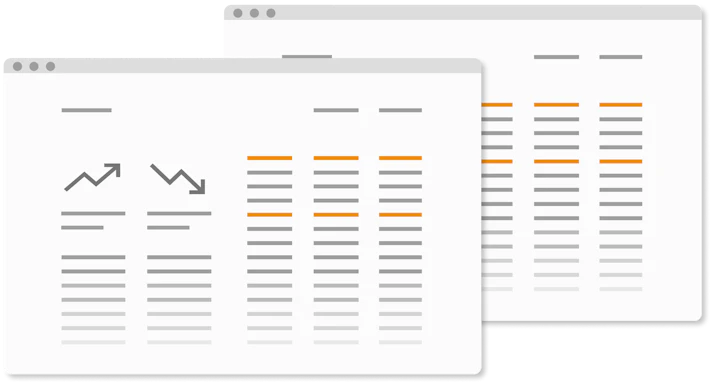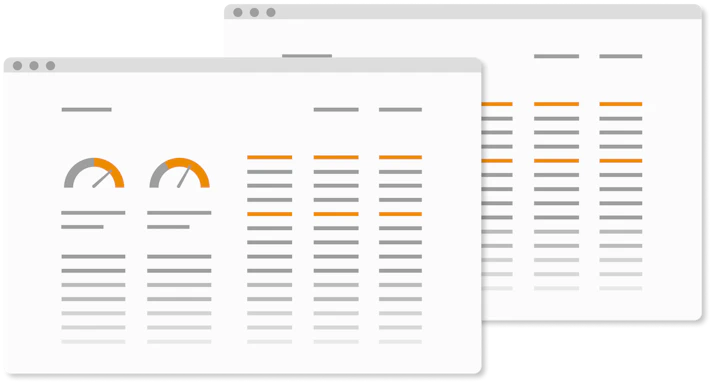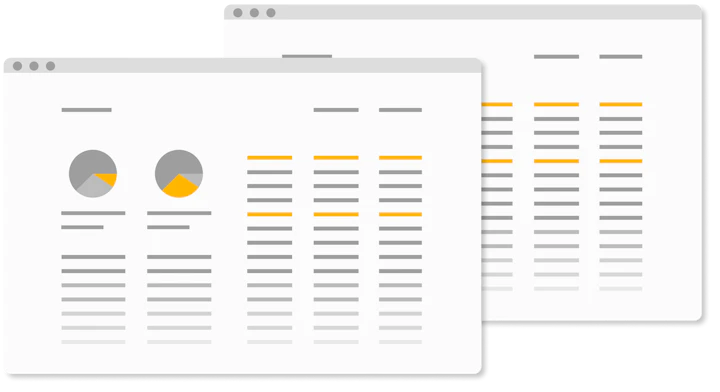Although there is no official definition of fraud, it could be defined as "an intentional act carried out by an employee (internal fraud) or a third party (external fraud) in order to obtain an advantage, generally financial, through an illicit process".
This category includes : misappropriation of assets (illegal transfer of property from the company's assets to those of an employee, a third party or another company), accounting fraud (intentional manipulation of the company's accounts in order to give it a more flattering image), customer fraud (fraud for which the company's customers are the cause).
This is a type of external fraud such as bank card fraud, insurance fraud or the production of false documents in order to obtain a loan or a telephone subscription, for example), corruption (the act of offering, giving, receiving or soliciting something of value in order to influence a decision or to obtain an advantage, generally financial), purchasing fraud (fraud consisting of biasing the choice of a supplier within the framework of a call for tenders, among other things), (fraud consisting of biasing the choice of a supplier in the context of, among other things, a call for tenders, which, in the end, generally leads to overbilling for services rendered), intellectual property theft (fraud which consists of stealing the fruit of a work of the mind or the enjoyment of a property which is opposable to all, without prior authorization from the author or his successors) but also the misappropriation of customers, the misappropriation of personnel, tax fraud and, more globally, all ethical alerts.



